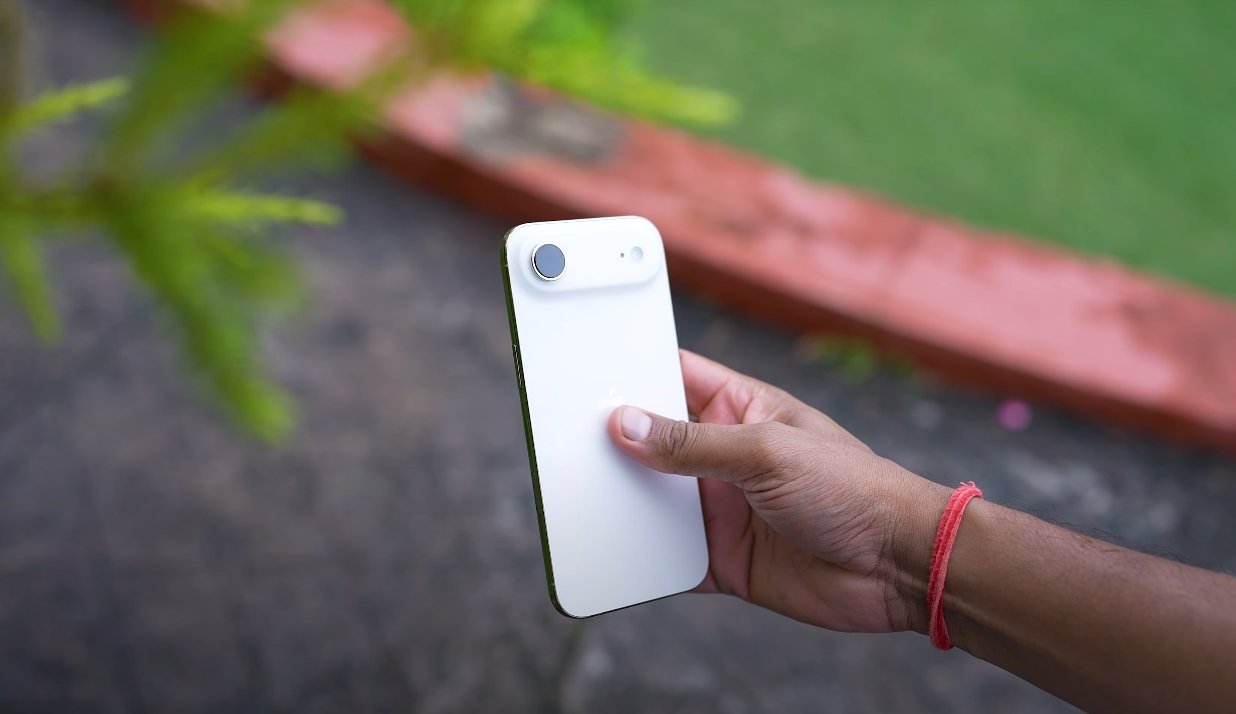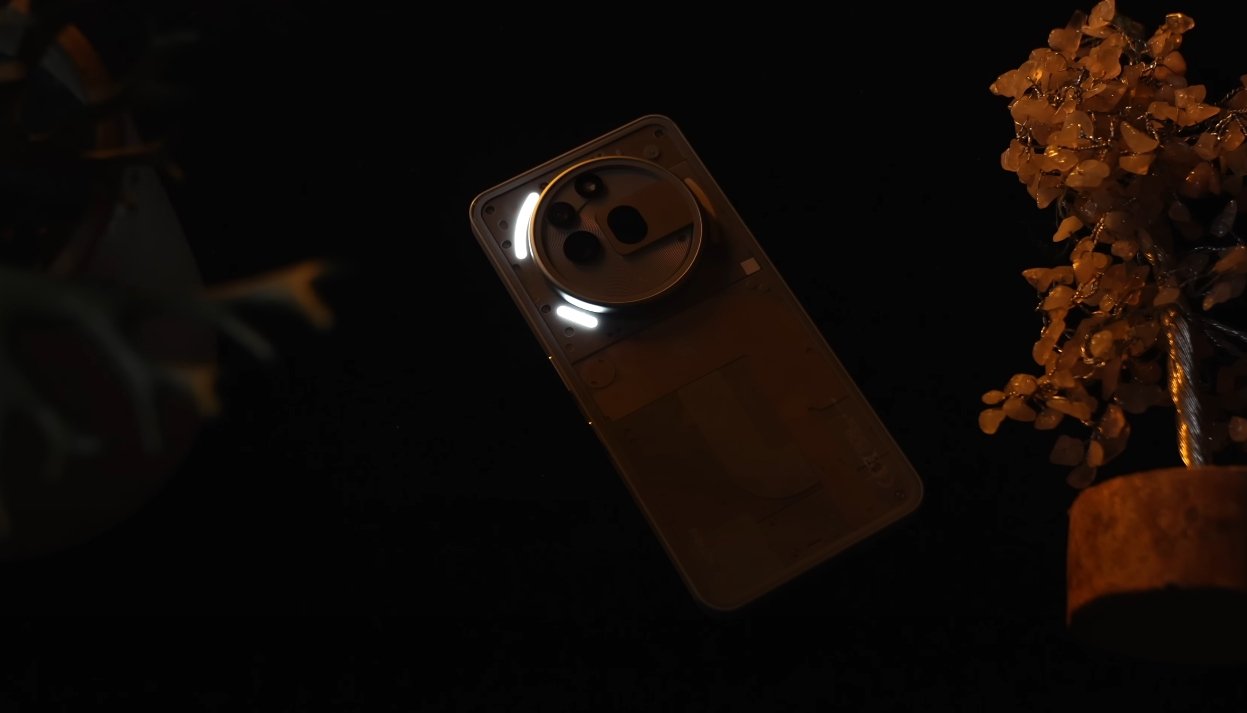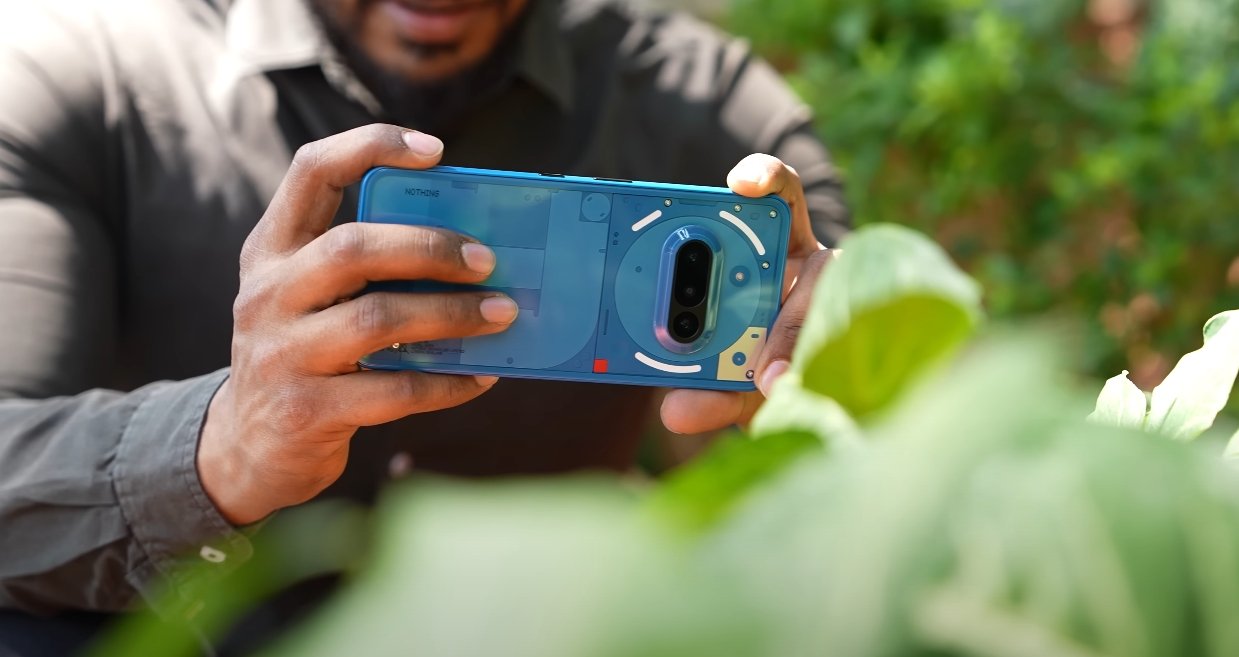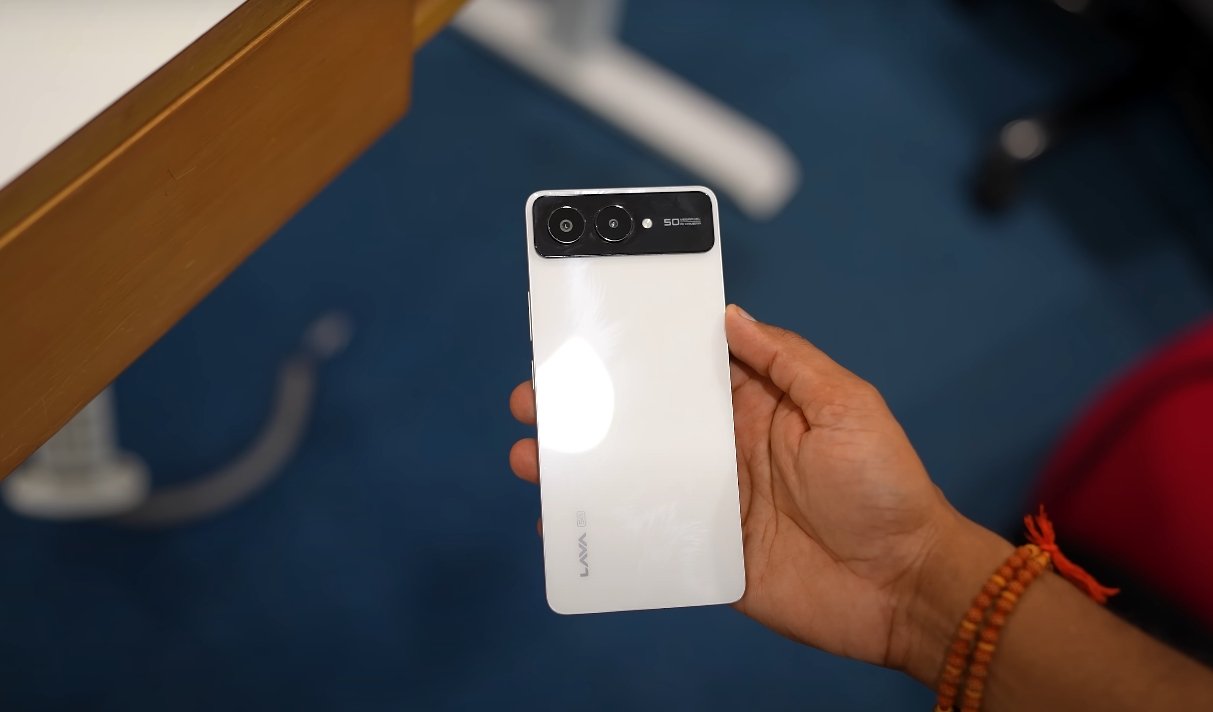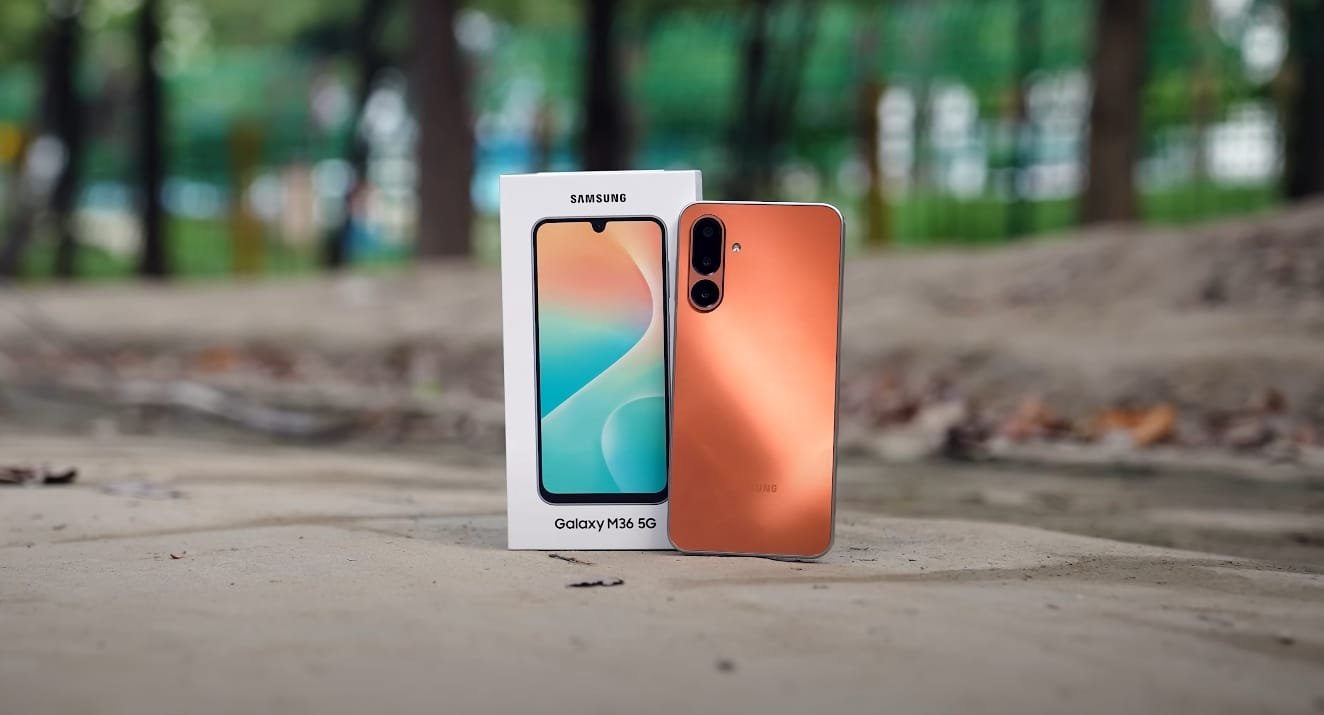Comparing Apple’s Thinnest iPhone Yet to Its Proven Flagship
Apple’s iPhone Air marks a bold step into the future of smartphone design, standing out as the thinnest and lightest model the company has ever built. The iPhone 15, released two years earlier, remains a highly capable and balanced flagship that continues to appeal to mainstream users. For U.S. buyers deciding between the two, the choice comes down to whether they value cutting-edge minimalism or a more traditional, versatile setup.
The iPhone Air’s design is its biggest statement. At just about 5.6 millimeters thick, it’s significantly slimmer than the iPhone 15’s 7.8-millimeter frame. Its titanium build and refined edges give it a premium feel that’s both elegant and futuristic. Despite being thinner, it’s sturdy, thanks to Apple’s improved Ceramic Shield 2 technology. The iPhone 15, meanwhile, uses an aluminum frame and the original Ceramic Shield glass. It’s slightly heavier but feels more substantial in hand, offering a traditional balance between comfort and durability. The Air is all about sleekness, while the 15 leans toward practicality.
The display difference between these two phones is also substantial. The iPhone Air features a 6.5-inch OLED screen with ProMotion technology, allowing a 120Hz refresh rate for fluid scrolling and responsive animations. It’s brighter outdoors and better suited for gaming or streaming in HDR. The iPhone 15’s 6.1-inch OLED panel remains vibrant and sharp, but its 60Hz refresh rate feels dated next to the Air’s silky-smooth visuals. For users who spend a lot of time watching videos or using high-performance apps, the Air’s display easily takes the lead.
Under the hood, the iPhone Air is powered by Apple’s latest A19 Pro chip, offering a major leap in efficiency and speed over the iPhone 15’s A16 Bionic processor. The Air’s upgraded chipset handles multitasking effortlessly, supports more advanced AI-driven photography, and ensures better long-term software performance. The iPhone 15 still performs admirably for most users, running smoothly for everyday tasks and mobile gaming, but the Air’s newer hardware delivers a noticeable boost in responsiveness and future-proofing for upcoming iOS updates.
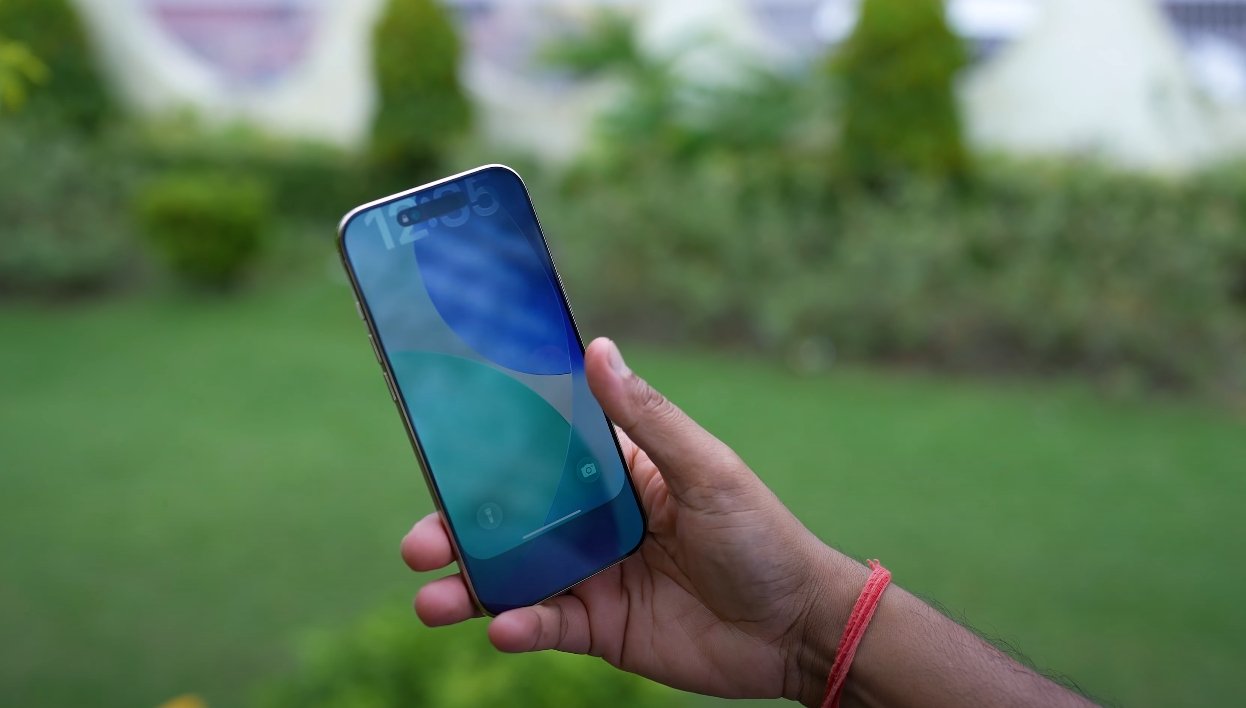
Camera capabilities showcase Apple’s different design priorities. The iPhone Air opts for a single 48-megapixel wide camera and an 18-megapixel front camera, focusing on image detail, clarity, and low-light performance. The iPhone 15, in contrast, features a dual-camera system — a 48-megapixel wide lens and a 12-megapixel ultrawide lens. That extra lens gives the 15 more flexibility, making it better for capturing landscapes, group shots, and creative wide-angle photos. Users who prefer higher resolution and portrait-focused photography will appreciate the Air, but those who value variety in framing will favor the 15.
Battery life remains one of the biggest trade-offs between these models. The iPhone Air’s ultra-thin body limits its battery capacity, meaning it can comfortably last through a standard day but may need more frequent top-ups during heavy use. The iPhone 15’s larger chassis allows for a bigger battery, offering slightly longer endurance under mixed workloads. Both phones support fast charging, MagSafe accessories, and USB-C connections, but the iPhone 15 retains a slight advantage in longevity. For users who are always on the go, that extra cushion may matter more than a thinner profile.
Connectivity and additional features reflect Apple’s steady evolution. Both models support 5G, MagSafe, and IP68 water resistance, but the Air brings newer wireless standards like Wi-Fi 7 and Bluetooth 6, ensuring faster data and more stable connections. It also continues Apple’s full shift to eSIM-only in the U.S., eliminating the physical SIM slot entirely. The iPhone 15 still offers broader compatibility, including support for dual eSIM setups and carrier flexibility. For travelers or users switching between networks, the 15 remains slightly more convenient.
Ultimately, the choice between the iPhone Air and iPhone 15 depends on what matters most to you. The iPhone Air is the more futuristic option — thinner, faster, and more visually impressive, ideal for users who prioritize design, performance, and innovation. The iPhone 15, meanwhile, offers better battery life, camera versatility, and a balanced experience that suits everyday users. Both embody Apple’s signature quality, but the Air feels like a glimpse into where Apple’s smartphones are heading, while the iPhone 15 continues to represent dependable, well-rounded value in the present.
